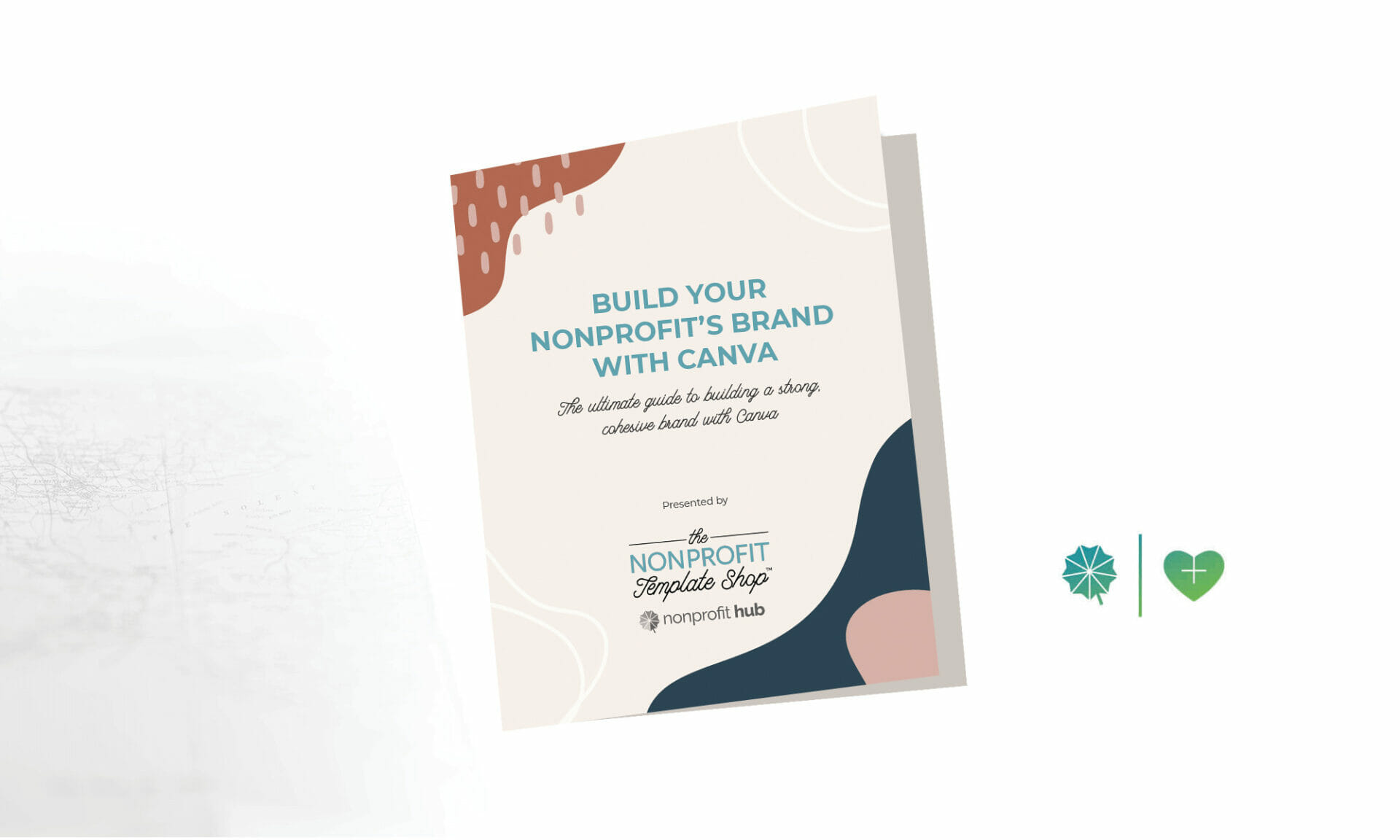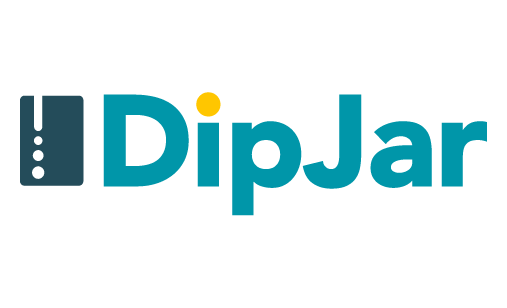
Build Your Brand with Canva for Nonprofits Guide
July 31, 2022
[PODCAST] How National Nonprofit Day Can Boost Your Cause
August 6, 20226 Easy Steps to Boost Donor Acquisition
6 Easy Steps to Boost Donor Acquisition
If you have been in the fundraising arena for any amount of time, then you know that donor acquisition is the topic that keeps nonprofit professionals up at night. The fact is only 20% of first-time donors become recurring donors. This leads to database decay if you don’t have a constant stream of new donors to fill those gaps. But how are fundraisers supposed to keep bringing in new donors and keep their database fresh? How can you effectively put your mission in front of those people who are most likely to become a donor and, fingers crossed, donate again? And better yet, how do you and your organization keep your costs at a minimum while maximizing your donations?
There’s a certain comfort in doing things as they have always been. You can’t deny that. But, the problem is that the old ways simply aren’t working as well as they could be. While charitable giving has gone up since the pandemic’s beginning, organizations are not retaining these new donors. They are losing money because of it. According to the Fundraising Effectiveness Project, acquiring a new donor costs $1.25 just to raise $1. Meanwhile, the typical cost to raise the same amount from a current donor is just .20 cents! So it’s time to look at donor acquisition and donor retention through a new lens in the hope of more effective and efficient fundraising.
Donor Acquisition Outreach Methods
The nonprofit fundraiser always had go-to tools in their outreach toolbox. Those main tools are often advertising, events, phone solicitation, and word of mouth. While these are all considered effective outreach methods, they could all be doing just a bit more in terms of acquisition. Let’s take a look at each of these. Then, we can explore ways to aid your mission in achieving higher donor acquisition and donation levels, all while elevating donor retention.
Let’s start with advertising. This is a highly sought-after way of getting your message out into the world. However, it can be ineffective and extremely costly. Most advertisements are delivered to the masses in hopes that maybe, just maybe, the message will resonate with someone. No matter what, everyone gets the same information in the same way. The problem with this method is that people are different. Not everyone belongs to your specific target audience. Putting your advertising in front of someone who doesn’t align with your mission wastes time and money. This is because they have a very low chance of converting to a donation.
Fundraising events are also a staple of the fundraising guru’s donor acquisition toolbox. Every large nonprofit has its big events that are considered essential to yearly fundraising. However, it is vital to take a closer look at the actual profitability of these events. The truth is they historically aren’t very profitable. The high costs of planning and executing these events can take a huge bite out of the funds raised. Although it’s nice to see that you raised $50,000 during an event for your nonprofit, it is also imperative to understand your event’s true ROI. No one wants to talk about the $25,000 used on the event space, food, valet, entertainment, and the time your staff spent planning and executing these events. Some might even respond, “But we are raising awareness for our mission!” However, there are other ways to raise awareness without using a big chunk of your fundraising budget. There are even ways to yield a greater ROI for those staple events you host yearly.
Different Methods
Phone solicitation is yet another outreach method often utilized by nonprofit professionals. And it makes sense. It’s a low-cost way of getting your message in the hands – or ears – of potential donors. Does it work, though? When was the last time you answered a call from an unknown phone number? With the advent of phone scams and the ability to block unwanted calls, phone solicitation took a hit in the commercial and nonprofit sectors. The ROI just isn’t there unless you really get lucky.
The last tool in our fundraising toolbox is word of mouth. This always seems like a tried and true method because we trust our friends and colleagues to steer us in the right direction regarding where we want to spend our money, whether a planned donation or a large purchase. However, it often takes significant time and effort to spread your message. Honestly, there are only so many people you can reach this way. It’s not necessarily a tactic to eliminate, but nonprofits cannot rely on word of mouth alone to make a difference in their fundraising efforts.
It might be disheartening to hear that many tools in your fundraising toolbox aren’t quite what they used to be.
So how can you supercharge your outreach while decreasing the time and effort it takes to reach fundraising nirvana? Here are six easy steps to help you boost your donor acquisition.
Step 1: Define Your Goals
You should always begin with the end in mind. Set an actual goal and make it measurable. Much like the KPIs you might set for your staff, you should set KPIs for your fundraising goals. For example, you can set goals for donor retention, average donor growth, and rate of donation growth. Meeting your fundraising goals and working toward your nonprofit mission becomes much more attainable by beginning with the end in mind.
Step 2: Find Prospects Who Care
To meet your fundraising goals, your organization needs to find prospective donors that care about your mission. Often, development and fundraising teams dedicate their time to prospect research to accomplish this task. They look into information like demographics, wealth, and past nonprofit work to determine who could be interested in giving to their organization. The truth is, this is a time-consuming process. It is often far more costly than anyone wants to admit. This is where you might want to look into purchasing or renting donor prospect lists from list buying services that are privacy compliant and can deliver affinity-driven donor prospects. By doing this, you can hopefully find many more prospective donors who have an affinity for your cause. In turn, you can convert them into lifetime donors.
Step 3: Get to Know Your Prospective Donors
Once you have created a list of people you know will be interested in giving to your cause, you should dive deeper into understanding what will speak to them. Whether you are planning an annual gala, a direct mail campaign, or another outreach method, this is key to sending the right message to the right person and ultimately winning over that prospect’s heart – and gift.
We aren’t just talking about intent or demographic details either. None of that shows affinity or immediate action potential. You need to get down to the nitty-gritty of who these people are. You should define characteristics such as preferred contact method, interests, and giving potential. Knowing more about your prospects will put you in the driver’s seat and make your campaign much more successful.
Step 4: Plan Your Asks and Segment
All prospective donors are not alike. Some can give a single high-value gift, while others can give more frequently in smaller amounts. So it becomes imperative that you know the appropriate amount for each individual to achieve the best results.
The best way to prepare for the big ASK is by segmenting your list of prospective donors. In doing so, you can define the unique message received by each prospect to ensure that it resonates and yields a greater return. Doing this ensures that you reach them how they are most likely to consume your message and act. It may be direct mail, a phone call, social media advertising, or another preferred method.
Step 5: Perform Targeted Outreach
Once you have your ready-to-give donor prospects segmented, you need to consider how you will perform your outreach. The good thing is that there are far more options available now than there have been in the past. Gone are the days of “spray and pray” marketing tactics. More targeted advertising methods are available for nonprofit fundraisers to reach their donor prospects and surpass their fundraising goals. This can include direct mail, social media, and digital ad placement. With this kind of advertising, you can be intentional about the viewing audience and share your mission with those most likely to donate. Even better, you can choose where your audience sees these ads. Social media, banner ads on websites, and even advertising on streaming services, such as Netflix, are new options to update your donor acquisition toolbox.
Step 6: Track Outcomes and Measure Success
Last but certainly not least, track the outcomes of each campaign so you can truly measure success. Remember those goals we talked about a few minutes ago? This is where you determine if you’ve reached them. Or maybe you found that you haven’t contacted them effectively, and it is time to improve your message.
This can be as simple as a spreadsheet or as complex as hiring a service to get real-time conversion data from your campaign. Either way, measuring your campaign results and knowing the fruits of your labor are of utmost importance. You will begin to understand what worked and what didn’t in the campaign. From there, it will allow you to make conscious changes and improve outcomes over time.
While these steps may take some time to implement, remember that each little move counts. Make one or two simple changes to your campaign strategy at a time, and before you know it, you will be attracting new mission supporters destined to last.
This spotlighted blog is courtesy of our friends, BoodleAI.
The post 6 Easy Steps to Boost Donor Acquisition appeared first on Nonprofit Hub.
